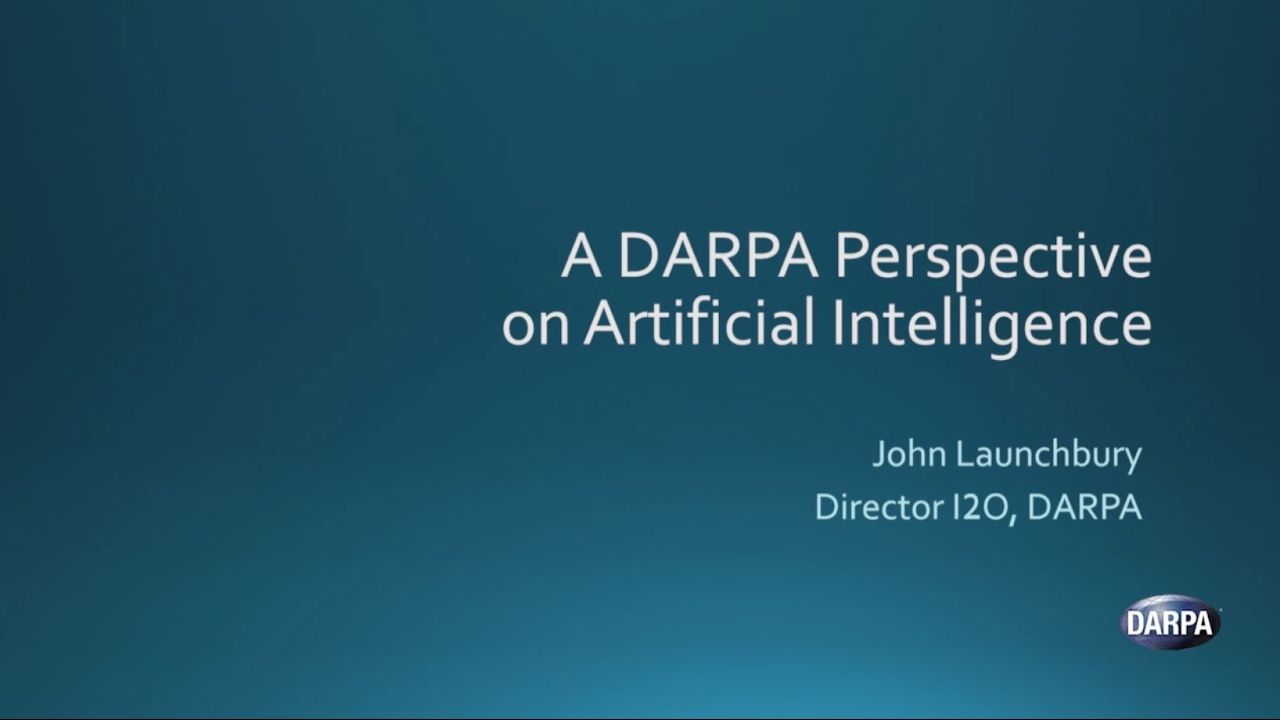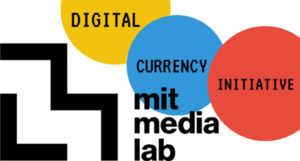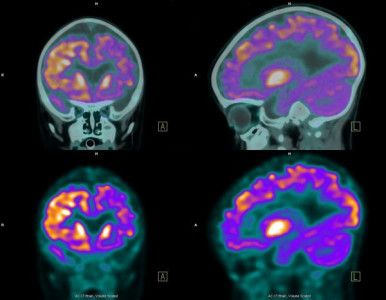Archive for the ‘innovation’ category: Page 183
Feb 23, 2017
Job-Killing Computerization Sets Its Sights on the University Researcher
Posted by Karen Hurst in categories: innovation, robotics/AI
Is there nothing sacred for goodness sakes anymore! The robots are replacing the University Research Teams. Personally, I will be shocked if it will indeed (on a massive scale) take over all experimental innovation activities in research.
At this past weekend’s annual meeting of the American Association for the Advancement of Science, scientists also heard broader warnings about the threats to American workers posed by computerized automation.
Feb 23, 2017
Creativity linked by study to left brain and right brain connections
Posted by Karen Hurst in categories: innovation, neuroscience
Alright my neuro research & deep-mind learning friends out their; you may wish to read this find; especially as we continue our mapping and mimicking brain functions in systems as well as look at brain enhancement technologies as this is good to know as we try to boost innovation via technologies.
The most creative individuals have more nerve connections between the right and left sides of their brains, reveal researchers in the United States who analyzed connections in 68 different brain regions.
Long believed to be key in fostering imagination and intuition, as well as artistic awareness, and visual and auditive approaches, the right hemisphere isn’t the only part of the brain with a role to play in determining creativity, according to new research from Duke University.
Continue reading “Creativity linked by study to left brain and right brain connections” »
Feb 22, 2017
A DARPA Perspective on Artificial Intelligence
Posted by Dan Kummer in categories: innovation, robotics/AI

What’s the ground truth on artificial intelligence (AI)? In this video, John Launchbury, the Director of DARPA’s Information Innovation Office (I2O), attempts to demystify AI–what it can do, what it can’t do, and where it is headed. Through a discussion of the “three waves of AI” and the capabilities required for AI to reach its full potential, John provides analytical context to help understand the roles AI already has played, does play now, and could play in the future.
Download the slides at: http://www.darpa.mil/about-us/darpa-perspective-on-ai
Feb 18, 2017
2017 (Buckminster) Fuller Challenge Prize
Posted by Odette Bohr Dienel in categories: complex systems, energy, engineering, environmental, futurism, innovation, science, sustainability

https://www.youtube.com/watch?v=IEWBmIrXyhw
“Launched in 2007, the Fuller Challenge has defined an emerging field of practice: the whole systems approach to understanding and intervening in complex and interrelated crises for wide-scale social and environmental impact. The entry criteria have established a new framework through which to identify and measure effective, enduring solutions to global sustainability’s most entrenched challenges. The rigorous selection process has set a unique standard, gaining renown as “Socially-Responsible Design’s Highest Award.”
The Fuller Challenge attracts bold, visionary, tangible initiatives focused on a well-defined need of critical importance. Winning solutions are regionally specific yet globally applicable and present a truly comprehensive, anticipatory, integrated approach to solving the world’s complex problems.”
Deadline is March 31, 2017
Feb 18, 2017
MIT is working on 3 BIG Blockchain Ideas
Posted by Philip Raymond in categories: bitcoin, cryptocurrencies, economics, innovation, internet, software
MIT has never stood stand still in the presence of change and opportunity. Their Media Lab Currency Initiative is at the forefront of Blockchain and Bitcoin research. With the fracture of the founding core team, MIT stands to become the universal hub for research and  development.
development.
The initiative now has a team of 22 people and at least
seven ongoing research projects, and it nurtures three startups that use cryptocurrencies and the underlying technology in a variety of ways. Blockchain research now sits alongside transparent robots that eat real-world fish, solar nebula research, and other imaginative, futuristic projects in progress at the university.
The initiative has already funded the work of bitcoin protocol developers and has supported research, going far beyond bitcoin—even partnering with Ripple Labs and developing enterprise data projects.
Now, the MIT Media Lab Digital Currency Initiative is working on 3 big Blockchain ideas:
Continue reading “MIT is working on 3 BIG Blockchain Ideas” »
Feb 12, 2017
Distributed Objective Consensus: Beyond POW & POS
Posted by Philip Raymond in categories: bitcoin, computing, cryptocurrencies, economics, innovation, privacy, software
At the heart of Bitcoin or any Blockchain ledger is a distributed consensus mechanism. It’s a lot like voting. A large and diverse deliberative community validates each, individual user transaction, ownership stake or vote.
But a distributed consensus mechanism is only effective and faithful if the community is impartial. To be impartial, voters must be fairly separated. That is, there must be no collusion enabled by concentration or hidden collaboration. They must be separated from the buyer and seller; they must be separated from the big stakeholders; and they must be separated from each other. Without believable and measurable separation, all sorts of problems ensue.  One problem that has made news in the Bitcoin word is the geographical concentration of miners and mining pools.
One problem that has made news in the Bitcoin word is the geographical concentration of miners and mining pools.
A distributed or decentralized transaction validation is typically achieved based on Proof-of-Work (POW) or Proof-of-Stake (POS). [explain]. But in practice, these methodologies exhibit subtle problems…
The problem is that Proof-of-Work can waste an enormous amount of energy and both techniques result in a concentration of power (either by geography or by special interest) — rather than a fair, distributed consensus.
Continue reading “Distributed Objective Consensus: Beyond POW & POS” »
A revolutionary new concept for a fusion powered rocket could not only deliver an orbiter to Pluto but a lander too!
This video represents a research study with…in the NASA Innovative Advanced Concepts (NIAC) program. NIAC is a visionary and far-reaching aerospace program, one that has the potential to create breakthrough technologies for possible future space missions. However, such early stage technology development may never become actual NASA missions. For more information about NIAC, visit: www.nasa.gov/niac.
Feb 8, 2017
Five Rules That Define The Technology Innovator
Posted by Karen Hurst in category: innovation
For fellow innovators and private scientists who dream and believe in your dream.
Rule 3: Their Ideas Look Like Failure In The Beginning
When innovators share what they’re working on early in the process, they open the floodgates to premature criticism. This is only natural considering that innovation stems from a singular vision that no one else sees yet.
Continue reading “Five Rules That Define The Technology Innovator” »












